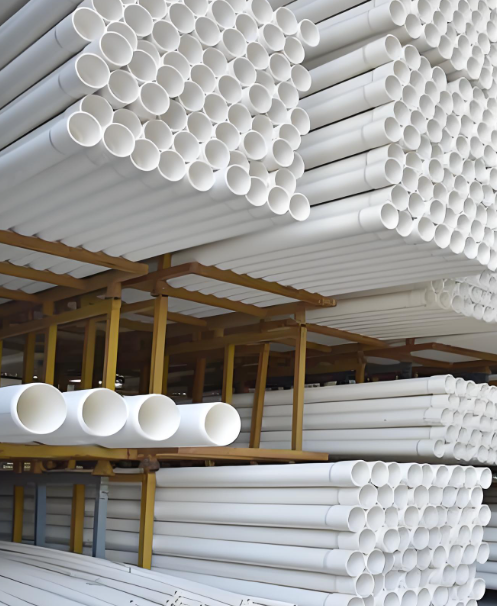
What Does PVC Stand For?
PVC stands for polyvinyl chloride. It is a type of plastic polymer that is widely used in the manufacturing of pipes and many other products.
The Components of the Name
Poly: The prefix "poly" means "many." In the context of PVC, it refers to the fact that the material is made up of many repeating units. These repeating units are vinyl chloride monomers. When these monomers are chemically combined through a process called polymerization, they form long chains, creating the polyvinyl chloride polymer.
Vinyl Chloride: Vinyl chloride is a chemical compound with the formula C₂H₃Cl. It is a colorless gas with a sweet odor. This is the basic building block of PVC. The vinyl chloride monomers are joined together during polymerization to create the PVC polymer. The double bond in the vinyl chloride molecule allows it to react and form long - chained polymers.
Chloride: The presence of chloride in the vinyl chloride monomer is an important part of the PVC structure. The chlorine atom in the molecule affects the properties of the resulting polymer. For example, it contributes to the material's fire - retardant properties and its resistance to chemicals and degradation.
Why the Abbreviation is Used
Using the abbreviation PVC is more convenient than constantly writing out "polyvinyl chloride." In the construction, plumbing, and manufacturing industries, where PVC pipes are commonly discussed, the abbreviation saves time and space. For example, when looking at technical specifications, product labels, or installation manuals, you will often see the term PVC instead of the full name.
